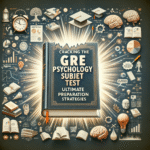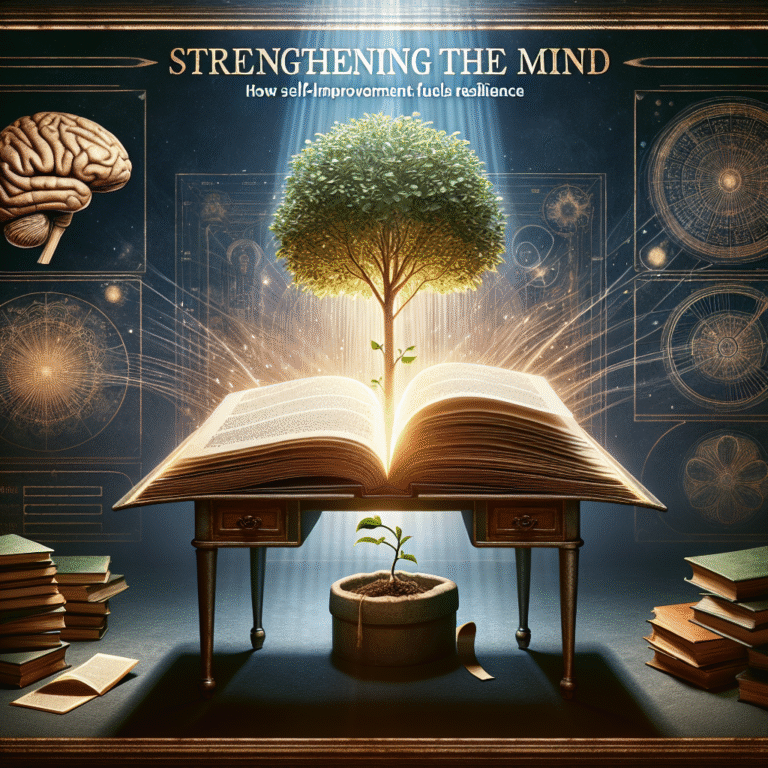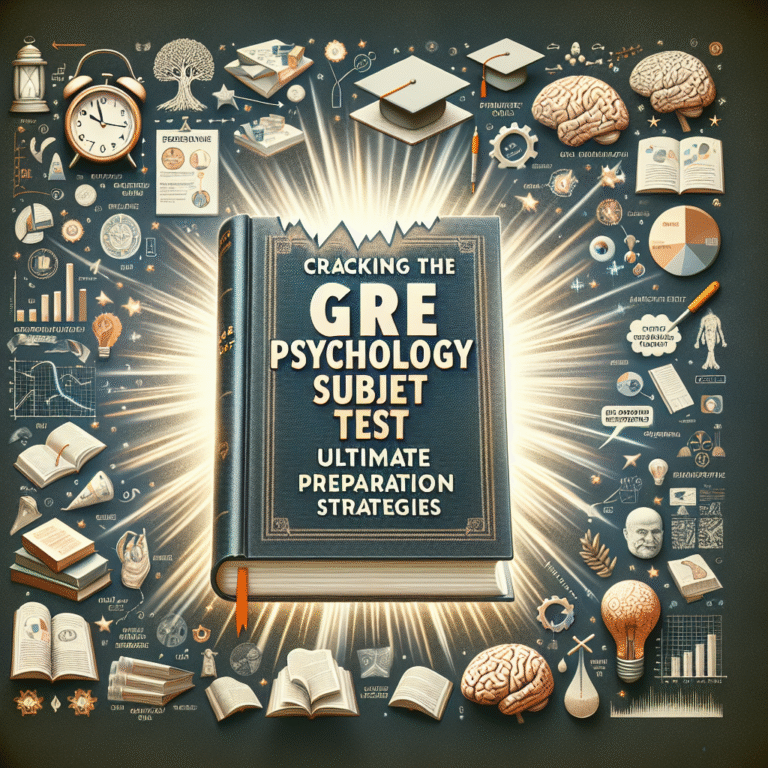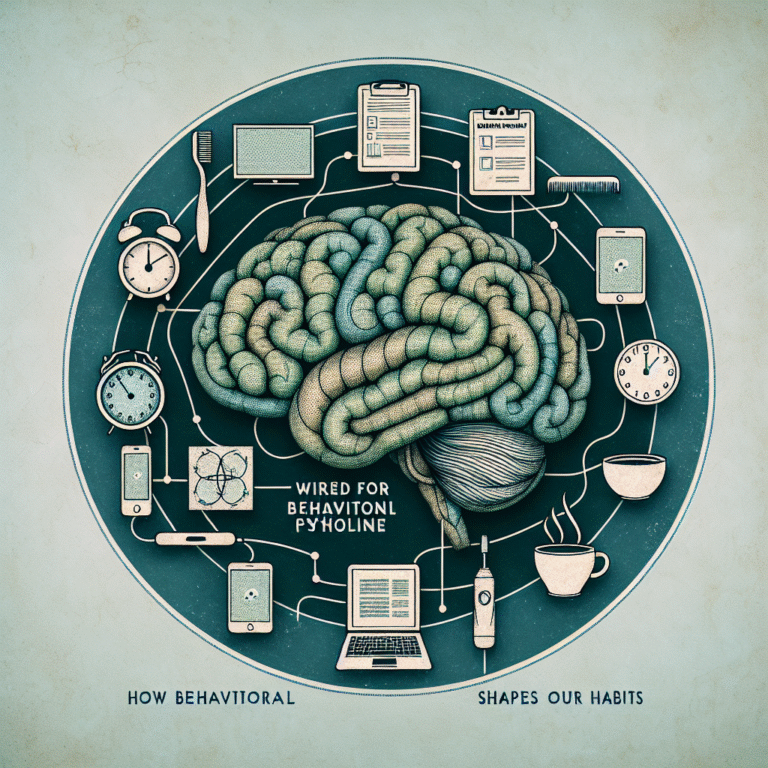
Introduction
In a world overflowing with information and choices, navigating uncertainty can be a daunting task. The choices we make often depend not just on our knowledge and intuition, but also on the behaviors and opinions of those around us. This is where social referencing comes into play—an essential mechanism through which individuals look to others for guidance in uncertain situations. Whether you’re deciding on a career change, choosing between restaurants, or even determining how to respond in a crisis, the way we gauge our environment often relies on the social cues provided by friends, family, and society at large. This article dives deep into navigating uncertainty and seeks to illuminate the crucial role of social referencing in human behavior.
What is Social Referencing?
Social referencing refers to the process of looking to others for cues about how to think, feel, or act in ambiguous situations. Whether it’s a toddler glancing at a parent before crossing a street or an adult sizing up the reactions of peers in a meeting, social referencing enables individuals to decode uncertainty using social feedback.
The Psychology Behind Social Referencing
At its core, social referencing taps into a fundamental aspect of human nature: we are inherently social beings. Humans have evolved in contexts where collaborative behavior has been crucial for survival. This social instinct translates into our need to seek validation from others when navigating uncertainty.
Key Psychological Concepts:
- Attachment Theory: Secure attachments in early life can enhance one’s propensity to engage in social referencing.
- Social Learning Theory: We learn behaviors and norms by observing others, which shapes our decision-making processes.
The Importance of Social Referencing Across Life Stages
Childhood: Learning by Observation
Children are particularly reliant on social referencing. Research shows that even infants look to their caregivers for cues on how to react in unfamiliar settings. For instance, a baby might hesitate to crawl toward a new toy if they see their parent exhibiting caution or fear.
Case Study: A study published in Child Development revealed that children aged 12 to 18 months looked to their parent’s facial expressions when encountering novel stimuli, showcasing the critical role of social referencing in their exploratory behavior.
Analysis: This early development underscores the foundation upon which social referencing rests; it shapes not only immediate reactions but also long-term behaviors and emotional regulation strategies.
Adolescence: Peer Influence and Social Validation
As individuals transition into adolescence, peer influence becomes more pronounced, often leading to conformity in behaviors, attitudes, and beliefs. Teens might engage in risky behaviors if they observe their friends doing the same, showcasing how social referencing expands from familial units to peer groups.
Table 1: Impact of Peer Influence on Adolescent Decision-Making
| Behavior Type | Influence Level | Example |
|---|---|---|
| Academic Success | Moderate | Studying if friends do |
| Substance Use | High | Experimenting if peers do |
| Clothing Choices | Very High | Following fashion trends |
Social Referencing in Adulthood
Professional Environments: The Office Dilemma
In the professional arena, social referencing can significantly influence career trajectories and workplace dynamics. Employees often look toward their colleagues when navigating organizational changes or adapting to new policies. For instance, the way team members respond to a managerial decision can inform an individual’s own reaction.
Case Study: A 2021 survey by Adobe found that 65% of employees stated they would look to their peers before deciding how to react to workplace changes.
Analysis: This scenario illustrates that social referencing serves not merely as a tool for decision-making but also acts as a buffer against the anxiety associated with change, pointing to the deeper psychological need for belonging and affirmation.
Navigating Uncertainty in Relationships
In romantic and platonic relationships, individuals often refer to social cues from friends, family, and even social media when assessing their own dynamics. The popularity of relationship advice blogs and self-help books reflects how individuals seek guidance from others when faced with uncertainties in their personal lives.
Table 2: Common Areas of Social Referencing in Relationships
| Domain | Reference Source |
|---|---|
| Conflict Resolution | Friends/Families |
| Relationship Health | Social Media |
| Future Decisions | Couples Therapy |
The Digital Age: Social Referencing on Social Media
In an era dominated by social media, the concept of social referencing has evolved. Platforms like Instagram and Twitter create an environment where users continuously observe others’ choices, lifestyles, and reactions.
Impact of Social Media on Social Referencing
Social media can amplify the effects of social referencing, as individuals curate their online personas based on what they believe will garner approval from their social circles. This dynamic can lead to increased social pressure and, in some cases, mental health challenges.
Case Study: A 2020 study by the Pew Research Center found that 72% of teens feel the need to portray an ideal image on social media to fit in, showcasing the pressures of social referencing in the digital age.
Analysis: This phenomenon raises crucial questions about authenticity versus social conformity, highlighting the complexities of navigating uncertainty when externalized social validation becomes paramount.
Limitations of Social Referencing
While social referencing can be an essential tool, it is not without its drawbacks. Over-dependence on social cues may lead to indecisiveness, anxiety, or a lack of self-confidence. Understanding when to rely on social input versus when to trust one’s instincts can be a delicate balance.
Example Situations Where Social Referencing May Fail
- Groupthink: In a corporate setting, team cohesion can lead to poor decision-making, as individuals suppress dissenting opinions to maintain harmony.
- Bias and Misinformation: In the digital space, the spread of misinformation can skew perceptions. Relying solely on social cues can lead to misguided beliefs and behaviors.
Strategies for Effective Social Referencing
To leverage social referencing effectively, it’s crucial to adopt the following strategies:
1. Cultivate a Strong Sense of Self
A secure self-identity allows individuals to filter external cues more effectively. People with strong self-awareness can discern when social inputs are helpful or detrimental.
2. Diversify Your Sources
Expanding your social circle can provide a more comprehensive view of situations. Engaging with diverse perspectives helps mitigate biases and enhances decision-making.
3. Critical Thinking
Before acting on social cues, it’s valuable to engage in critical self-reflection. Analyzing the motivations behind social behavior can empower individuals to make informed choices.
Conclusion
Navigating uncertainty is an integral part of the human experience, and social referencing plays a dramatic role in how we process the unknown. From childhood to adulthood, across professional and personal domains, our reliance on social cues shapes our decisions and ultimately impacts our well-being. As we continue to face new uncertainties in an increasingly complex world, honing our skills in social referencing can empower us to make choices that align with our values, fostering resilience and confidence.
In a world filled with information, remember: it’s okay to lean on social cues, but strive to balance external inputs with internal conviction. By doing so, you will not only navigate uncertainty more effectively but also enhance your overall quality of life.
FAQs
1. What is social referencing?
Answer: Social referencing is the process where individuals look to others for guidance in uncertain situations. It involves using social cues from friends, family, or peers to determine how to behave or react.
2. How does social referencing impact decision-making?
Answer: Social referencing can significantly influence how decisions are made, often providing a framework of social validation that helps individuals navigate uncertainties in personal and professional settings.
3. Can over-reliance on social referencing be detrimental?
Answer: Yes, over-reliance on social cues can lead to issues such as indecisiveness, groupthink, or a lack of authenticity. It’s important to balance social input with personal insight.
4. How can I improve my social referencing skills?
Answer: You can improve your social referencing by cultivating self-awareness, diversifying your social sources, and engaging in critical thinking before acting on social cues.
5. Is social referencing more prominent in certain age groups?
Answer: Yes, social referencing tends to be most pronounced in childhood and adolescence but remains relevant throughout adulthood, influencing workplace behavior and personal relationships.
By understanding the nuances of navigating uncertainty and leveraging social referencing effectively, individuals can optimize their choices and enhance their interpersonal experiences.


















